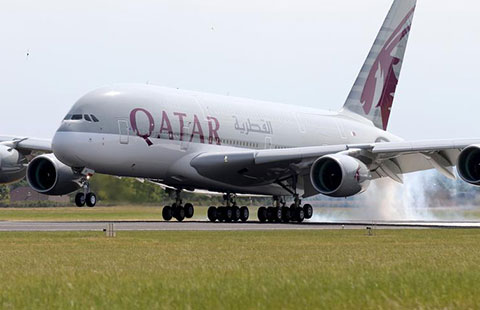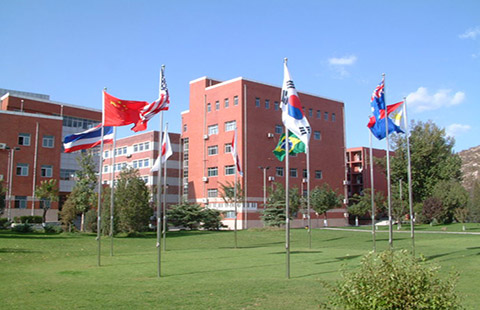Nation's initiatives lead firms onto M&A road
By CAI XIAO (China Daily) Updated: 2015-05-19 11:22Interest shifts from developed world to developing economies, says PricewaterhouseCoopers
More Chinese companies will seek mergers and acquisitions in Central Asia and Eastern Europe, and linking prime global resources with China's huge market can be a wise M&A philosophy.
"With the 'Belt and Road Initiative', Chinese companies will conduct more M&A deals for resources and advanced technologies in Central Asia and Eastern Europe in 2015 and in the coming years," said Zhang Lizhou, general manager of the investment banking department of China Minsheng Banking Corp.
"Chinese companies had never considered M&A deals in Central Asia because of the imperfect legal system, but with the 'Belt and Road Initiative', they will be bolder," said Zhang.
The volume and value of Chinese outbound M&A deals hit a record high in the first quarter, according to a report last month by PricewaterhouseCoopers, which also said that the "Belt and Road Initiative" is likely to bring new M&A opportunities for enterprises in the years to come.
The study said that 77 Chinese mainland outbound M&A deals were undertaken in the first three months, worth $20.2 billion.
It also said that the M&A preferences of Chinese buyers had shifted toward developing countries in Central Asia, Eastern Europe, Southeast Asia and North Africa and away from the developed countries.
Minsheng Bank participated in Chinese companies' M&A deals in Africa, Europe and North America in 2014.
Zhang said private enterprises have played a big role in overseas M&As for brands, technology, resources and distribution channels in the past two to three years. These deals "bring Minsheng Bank a lot of opportunities ... we can follow them abroad and offer financial services," said Zhang.
According to Zhang, risk control is very important for financial institutions, so the bank considers a company's M&A philosophy before making a loan.
"As China is experiencing an economic transition, we will support mergers and acquisitions that graft the world's best resources with China's engine-its huge domestic market," said Zhang. Chinese private enterprises should be sure that there is a good fit before doing an M&A deal, because the integration of newly acquired assets can be a challenge.
It's vital for Chinese enterprises to learn from others, said Zhang.
He said Minsheng Bank had participated in a deal by Chinese listed company Steyr Motors Co Ltd (formerly Hubei Bothwin Investment Co Ltd) when it acquired the Austria-based producer of diesel engines, SteyrMotors GmbH, in 2012.
"SteyrMotors' strong research and development technology can be combined with China's huge market, and the integration progress has been very smooth," said Zhang.
Zhang said the bank helped SteyrMotors set up a manufacturing base in Shandong province to make products using the technologies acquired from the Austrian company.
Zhang said that the bank had declined to lend 8 billion yuan ($1.29 billion) last year to another Chinese enterprise, which he did not identify, to acquire an iron ore mine.
"Although the mine's purchase price was low, domestic demand might not be that large at a time when the Chinese steel market is gloomy," said Zhang.
As domestic GDP growth has slowed, Chinese companies can no longer focus on the local market. They must have a global vision and seek overseas assets that can be combined with their own advantages, said Ba Shusong, deputy director-general at the Research Institute of Finance of the State Council's Development Research Center.
Ba said that Chinese companies are inclined to seek assets in Europe as the euro has been depreciating and the financing cost for M&As is low.
Wanyan Wenhao contributed to this story.
- Paris Air Show: From Bombardier's new C Series to China Airlines
- Chinese, US investment in Africa 'does not conflict,' but 'complementary'
- New Series 7 boasts next-level luxury and world-first technology features
- Alibaba to launch Netflix-like video streaming service in two months
- Alibaba forms partnership to increase vehicle sales
- Lifan drives ahead new-energy plans with 20 NEV cars
- Slow auto sales expected to continue as 'new normal'
- How the economic crash theory crashed in the West

















